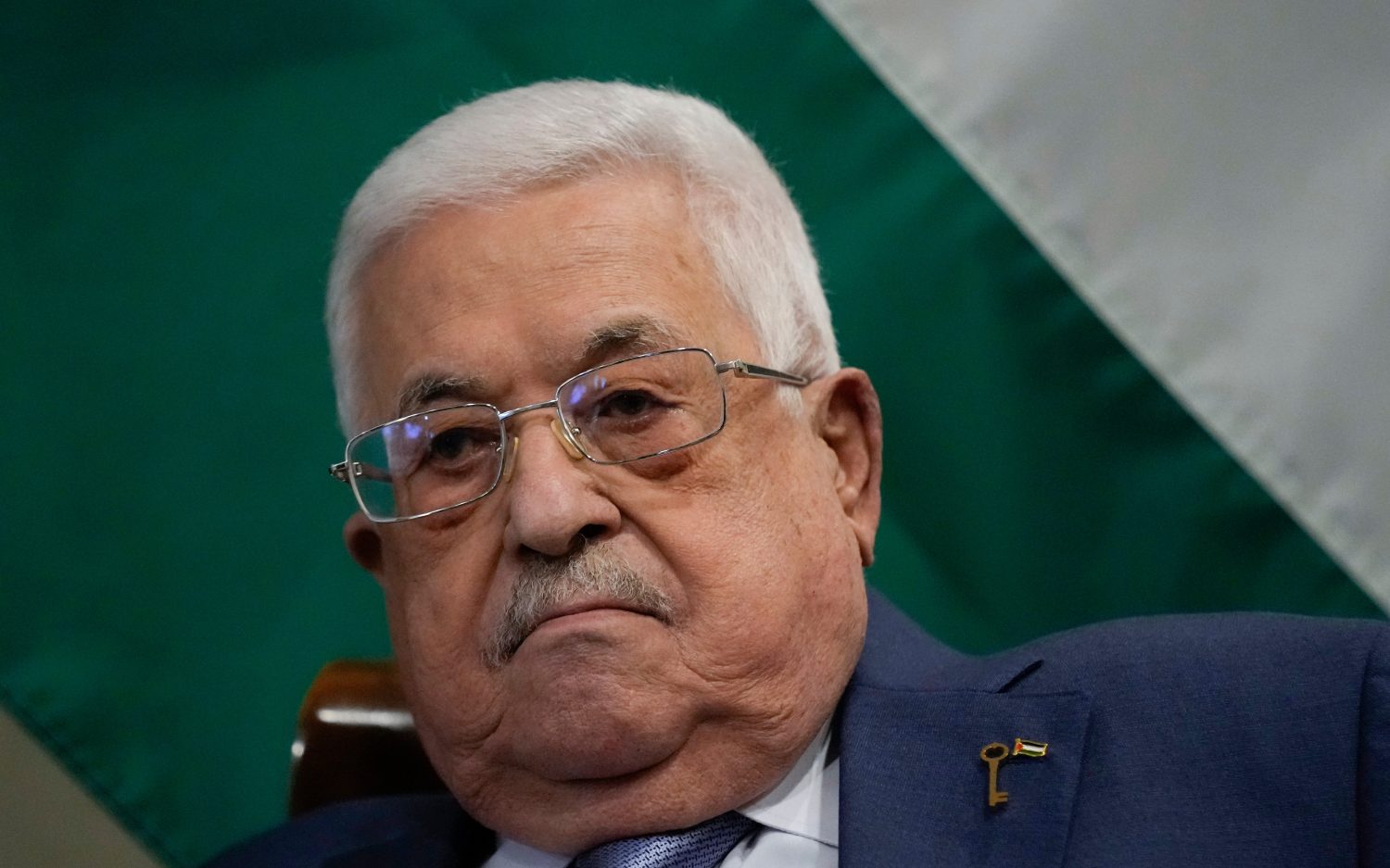Runners prepare for Monday's emotional Boston Marathon
A year after two explosions near the finish line killed three Boston Marathon runners and wounded more than 260 others, runners and organizers have a new zeal.
Even in a normal year, the Boston Marathon is often called the Super Bowl of running. At least 36,000 people will compete in this marathon—9,000 more than recent years. Unless they are part of a charity team, participants must meet strict qualifying standards to run in the race. This year, everyone has a special reason for being there.
Many of the charity teams are running to honor the bombing victims. Boston’s hospitals doubled the number of runners they had last year, according to USA Today. Trauma surgeon Alok Gupta said he trained the words he heard his physical therapists say when teaching his patients how to walk again: Put one foot in front of the other. “I’m not going to stop now,” he said.
Competitive runners are on missions, too, including Boston’s Shalane Flanagan, who came in fourth place last year. She could be the first American in 30 years to win the race, and she’s determined to do it. Then there’s 67-year-old Les Bell of York, Penn, who finished last year in less than four hours. This will be his fifth Boston Marathon. He said that because of his motivation to honor the victims, he’s in the best shape of his life.
“I’m going to throw my heart right down,” he told the York Dispatch. “When I’m running in that marathon and I feel pain, I’m going to say, ‘Hey, at least I have both my legs.’”
City officials promised to protect the race with more uniformed and undercover officers along the race’s route, plus more than 150 cameras and observation posts. Thirteen ambulances and 140 emergency medical service workers will be available via foot, bicycle, or utility vehicle and in medical tents. The only bags allowed anywhere on the route will be clear bags for the runners.
More than 5,000 runners were still out on the course last year when the bombs exploded and police blockaded the route. Nearly 4,800 of those runners took up race organizers on their offer to return—an opportunity to settle some unfinished business.
Amputee and paralympian Jeff Glasbrenner cut himself on a pothole at Mile 15. At a slower pace, he was three blocks from the finish when the bombs went off. This year, he said, “I'm not going to let a couple of bad guys steal my finish line.”
The Associated Press contributed to this report.
An actual newsletter worth subscribing to instead of just a collection of links. —Adam
Sign up to receive The Sift email newsletter each weekday morning for the latest headlines from WORLD’s breaking news team.




Please wait while we load the latest comments...
Comments
Please register, subscribe, or log in to comment on this article.